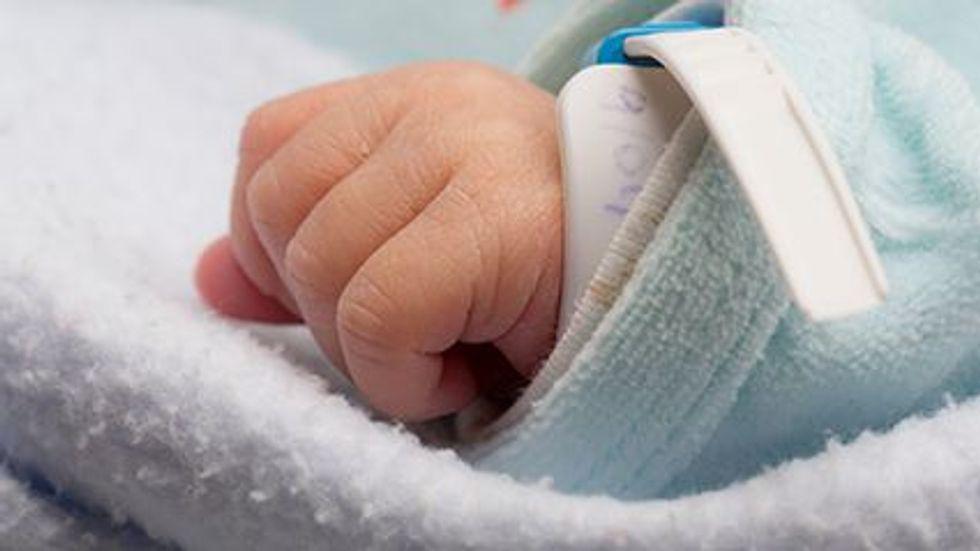Estimated probability of maintaining undetectable plasma RNA through 2 years was 33 and 57 percent in cohorts 1 and 2, respectively
By Elana Gotkine HealthDay Reporter
TUESDAY, Dec. 12, 2023 (HealthDay News) — For neonates with in utero HIV-1, very early antiretroviral therapy (ART) can achieve sustained virological suppression, according to a study published online Dec. 4 in The Lancet HIV.
Deborah Persaud, M.D., from Johns Hopkins University School of Medicine in Baltimore, and colleagues enrolled infants at 30 research clinics in 11 countries into two cohorts to examine whether very early ART in neonates would restrict HIV-1 reservoirs. Infants at least 34 weeks of gestational age at high risk for in utero HIV-1 with either untreated maternal HIV-1 (cohort 1; 440 infants) or receiving preemptive triple antiretroviral prophylaxis outside of the study (cohort 2; 20 infants) were included. Of these infants, 34 from cohort 1 and 20 from cohort 2 had confirmed in utero HIV-1 and initiated three-drug nevirapine-based ART (cohort 1) and three-drug nevirapine-based prophylaxis then three-drug nevirapine-based ART following HIV diagnosis by age 10 days (cohort 2).
The researchers found that the estimated probability of maintaining undetectable plasma RNA through two years was 33 and 57 percent in cohorts 1 and 2, respectively. No detected HIV-1 DNA was seen among 64 and 71 percent of the 11 and seven infants in cohorts 1 and 2, respectively, who maintained protocol-defined virological control criteria through to study week 108. At week 108, 83 percent of 12 infants in cohort 1 and 100 percent of seven infants in cohort 2 tested HIV-1 antibody-negative.
“Neonatal ART following in-utero HIV-1 transmission is feasible and can reduce reservoir size,” the authors write.
Several authors disclosed ties to the pharmaceutical industry.
Editorial (subscription or payment may be required)
Copyright © 2023 HealthDay. All rights reserved.








